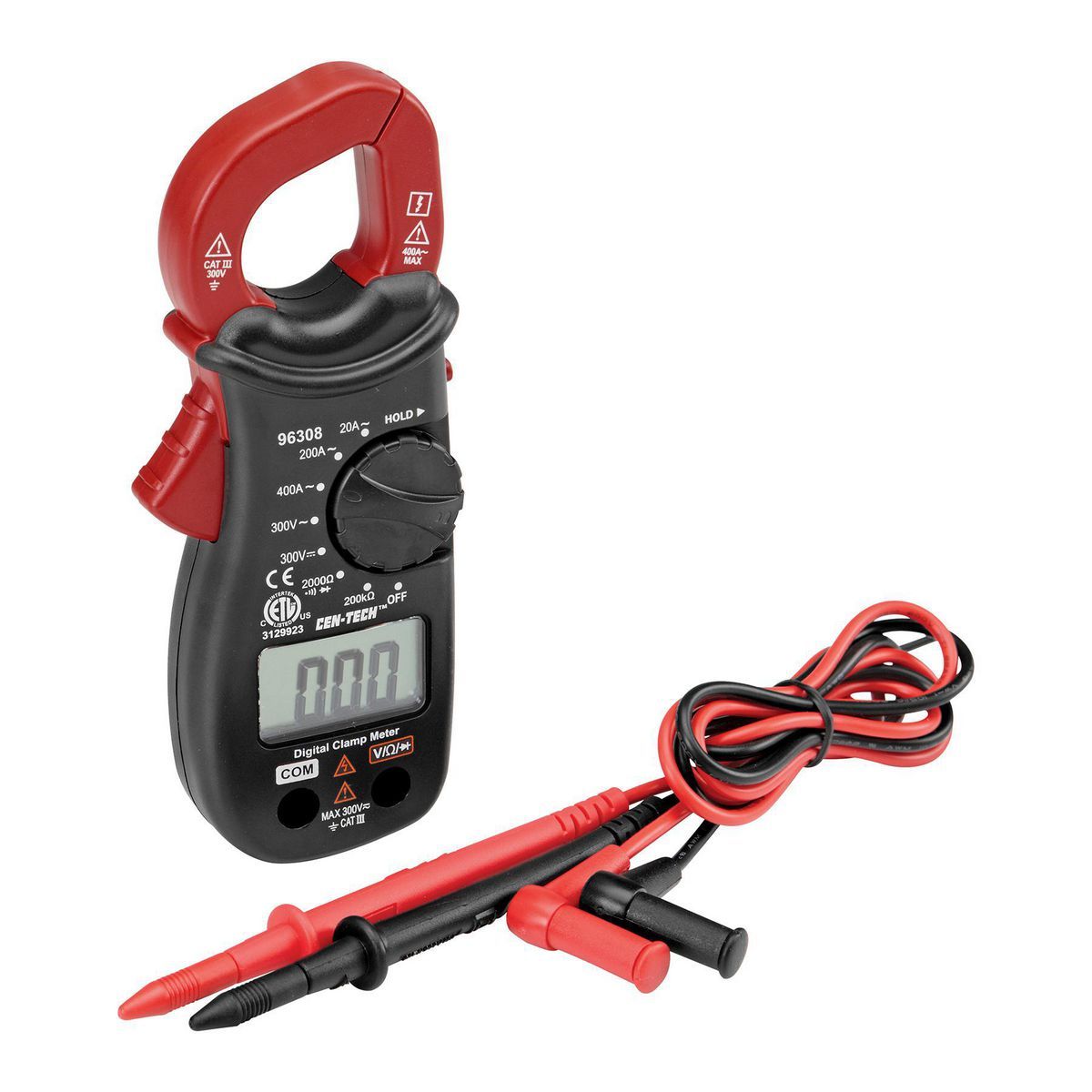Greetings. I installed a new AO Smith 50 gal water heater at my friend's house. All went ell for the first day, then he called to tell me that his circuit breaker for the water heater (at the main panel) had tripped. It is a two-element 240V water heater, 4500W elements and the circuit breakers are twin 30A.
Trying to troubleshoot things, here's what I found:
-- With hot water (approx 120F) in the tank:
--- When I set upper and lower thermostats to full "LOW" (so neither should be calling for heat): Top element shows 120V across the contacts,. Bottom element shows 0 V.
--- When I then turn the top thermostat to about 135F (bottom thermostat still "low") , I hear the top thermostat click on: Top element shows 240V across the terminals, the bottom element shows 0V
--- When I then turn the top thermostat to "LOW" and the bottom thermostat to
about 135F (which should cause the top element to turn off and all the power to go to the lower element): The top element shows 120V, the bottom element shows 240V.
The circuit breaker didn't trip while I was doing this.
So, my questions:
1) As I understand it, I should never be seeing power to both of these elements at the same time. Is that right? So, what would cause the top element to sometimes have 120V sometimes and sometimes have 240V, but never be entirely off?
2) How can I troubleshoot this?
3) Why didn't the circuit breaker trip when I went through the various thermostat cycles (but it does eventually trip at some point)?
My present theory: Maybe the top element is grounded (somehow) and receiving power from one leg all the time (why?). When the top thermostat calls for power, the top element gets the proper 240V across the opposing phases. When the top thermostat closes, the element is still receiving power from one leg and it is completing the circuit through the ground (so, 120V)
Any tips or advice would be appreciated. Thanks
Mark
Trying to troubleshoot things, here's what I found:
-- With hot water (approx 120F) in the tank:
--- When I set upper and lower thermostats to full "LOW" (so neither should be calling for heat): Top element shows 120V across the contacts,. Bottom element shows 0 V.
--- When I then turn the top thermostat to about 135F (bottom thermostat still "low") , I hear the top thermostat click on: Top element shows 240V across the terminals, the bottom element shows 0V
--- When I then turn the top thermostat to "LOW" and the bottom thermostat to
about 135F (which should cause the top element to turn off and all the power to go to the lower element): The top element shows 120V, the bottom element shows 240V.
The circuit breaker didn't trip while I was doing this.
So, my questions:
1) As I understand it, I should never be seeing power to both of these elements at the same time. Is that right? So, what would cause the top element to sometimes have 120V sometimes and sometimes have 240V, but never be entirely off?
2) How can I troubleshoot this?
3) Why didn't the circuit breaker trip when I went through the various thermostat cycles (but it does eventually trip at some point)?
My present theory: Maybe the top element is grounded (somehow) and receiving power from one leg all the time (why?). When the top thermostat calls for power, the top element gets the proper 240V across the opposing phases. When the top thermostat closes, the element is still receiving power from one leg and it is completing the circuit through the ground (so, 120V)
Any tips or advice would be appreciated. Thanks
Mark
Last edited:

